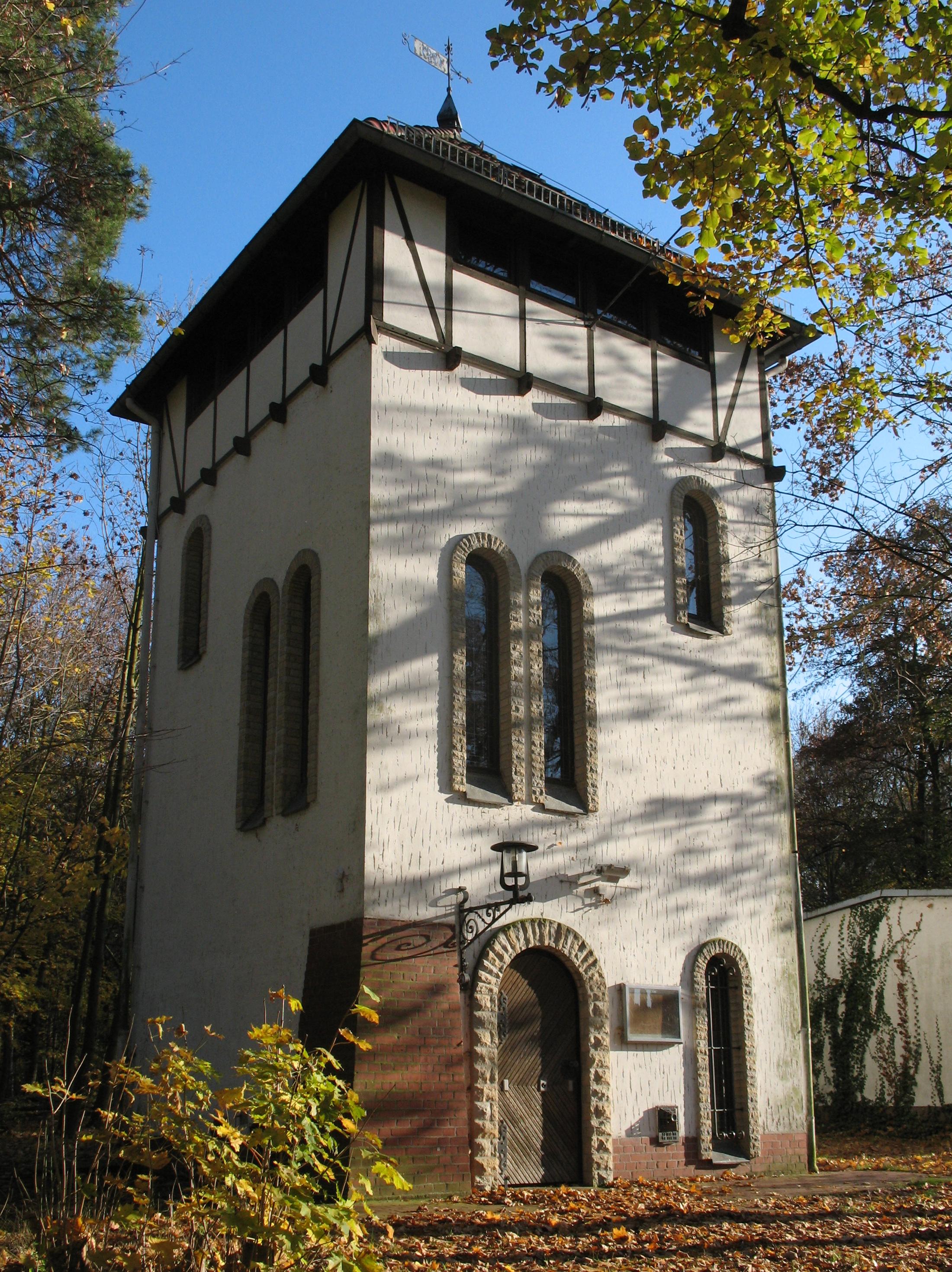|
Müggelturm
The Müggelturm (“Müggel Tower”) is a popular day-trip destination in Köpenick, in southeastern Berlin, Germany. It is located to the south of the Müggelsee lake in the Müggelberg hills atop the ''Kleiner Müggelberg'' (“Small Müggelhill”). Berlin's highest natural elevation is the nearby ''Großer Müggelberg'' at 115 m. Access The Müggelturm area can be reached from the former ''Marienlust'' restaurant to the south at the River Dahme via a footpath ending in a stairway (374 steps), or from lake '' Müggelssee'' in the northeast up another stairway (111 steps). From the street Müggelheimer Damm there is a road leading to the tower (named ''Straße zum Müggelturm''), but cars must be left at a parking lot a few hundred metres before the plateau. The early towers In 1880, Carl Spindler, owner of the Köpenick laundry and dyeworks W. Spindler (and source of the name of the Berlin district ''Spindlersfeld''), had a 10 m high wooden lookout tower, known as the '' ... [...More Info...] [...Related Items...] OR: [Wikipedia] [Google] [Baidu] |
Müggelsee
The Müggelsee (), also known as the Großer Müggelsee, is a natural lake in the eastern edge of Berlin, the capital city of Germany. It is the largest of the Berlin lakes by area, with an area of , a length of The lake is in the Berlin district of Treptow-Köpenick. The suburbs of Köpenick, Friedrichshagen, Rahnsdorf and a little section of Müggelheim border on the lake. The lake itself is deep at its deepest point. At its south end are hills called the 'Müggelberge', which are high; they were formed during the Pleistocene (as a kettle hole, remaining at Weichselian glaciation). On the so-called 'Kleiner Müggelberg', the much-visited and popular ' Müggelturm' (a tower) was built, the first one in 1889 (destroyed in a fire in 1958), and the current one in 1960/61. The tower offers extensive views over the lake and the forests against the Berlin skyline. The River Spree flows into the lake via the smaller Kleiner Müggelsee, which is only in area. The Friedric ... [...More Info...] [...Related Items...] OR: [Wikipedia] [Google] [Baidu] |
Berlin Müggelturm 1
Berlin ( ; ) is the Capital of Germany, capital and largest city of Germany, by both area and List of cities in Germany by population, population. With 3.7 million inhabitants, it has the List of cities in the European Union by population within city limits, highest population within its city limits of any city in the European Union. The city is also one of the states of Germany, being the List of German states by area, third smallest state in the country by area. Berlin is surrounded by the state of Brandenburg, and Brandenburg's capital Potsdam is nearby. The urban area of Berlin has a population of over 4.6 million and is therefore the most populous urban area in Germany. The Berlin/Brandenburg Metropolitan Region, Berlin-Brandenburg capital region has around 6.2 million inhabitants and is Germany's second-largest metropolitan region after the Rhine-Ruhr region, as well as the List of EU metropolitan areas by GDP, fifth-biggest metropolitan region by GDP in the European Union. ... [...More Info...] [...Related Items...] OR: [Wikipedia] [Google] [Baidu] |


